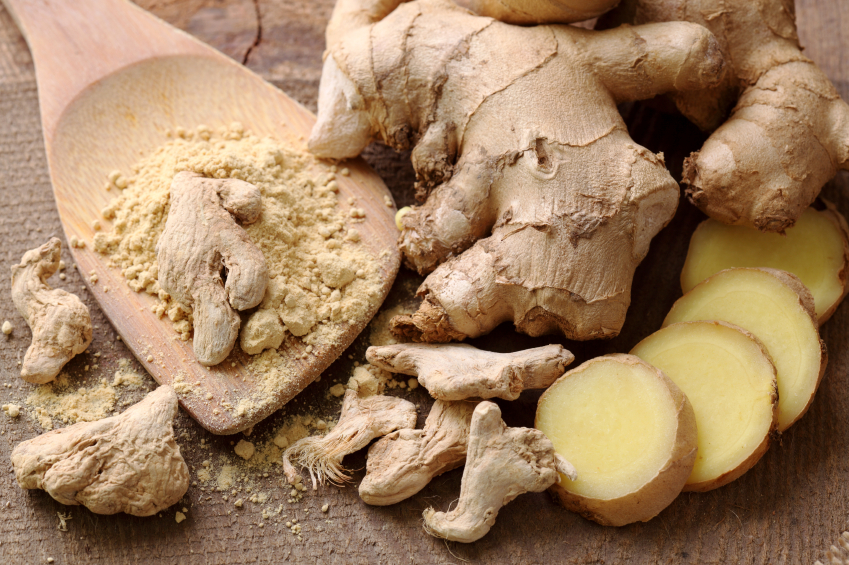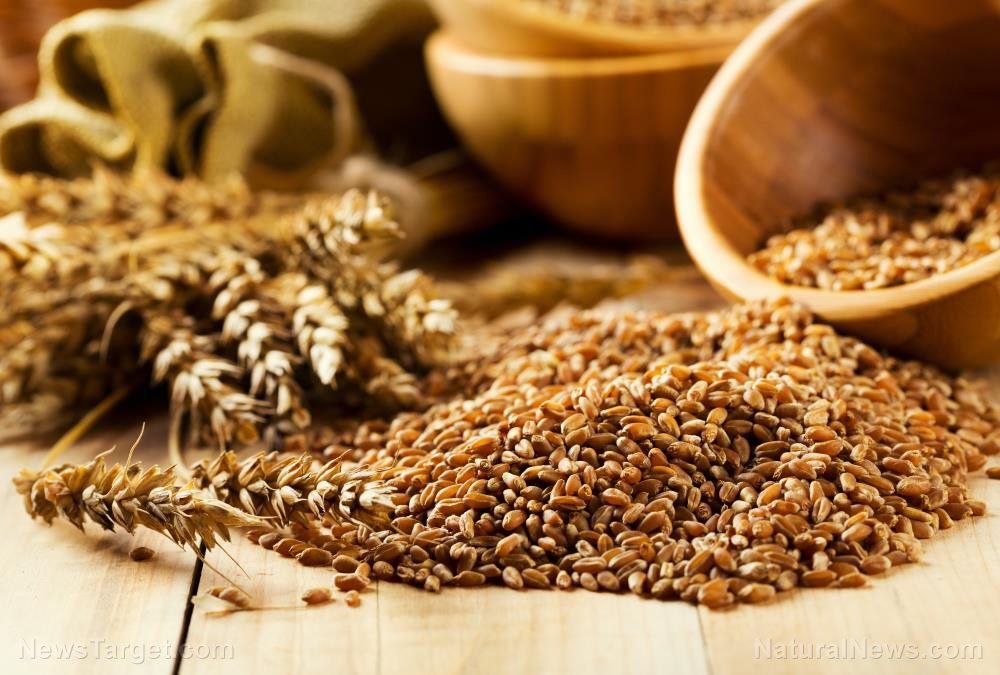GMOs are not only dangerous but unnecessary-just look at India’s organic rice revolution
01/22/2017 / By Ethan Huff

Things are finally turning around for the better in India after more than a decade of progressive crop failures, bankruptcies, and even suicides resulting from the country’s unfortunate adoption of biotechnology. Going against the grain of mainstream thought, many Indian farmers are deciding to ditch the GMOs and chemicals and go completely organic — and the results thus far have not only been astounding, but entirely contradictory to industry claims that GMOs are somehow necessary to feed the world.
Some news outlets are calling it India’s “rice revolution” — a unique method of growing this long-prized grain that involves using variant planting methods and less water. Farmers like Sumant Kumar, who was recently featured in a piece published by the The Guardian, have been utilizing this novel technique to grow rice in relatively small land plots without pesticides, herbicides, or other synthetic additives — and you wouldn’t believe how much they’re producing.
Kumar, who cultivates rice in India’s poorest state, Bihar, is reportedly able to produce an astonishing 22.4 tons of rice per season on just one hectare (about 2.5 acres) of land, using only manure that he gathers from his farmyard. This exceptionally high volume is a world record, topping even the most “advanced” growing methods touted by international international humanitarian organizations as producing the highest yields. (RELATED: Learn more about how to grow your own food at home naturally.)
“It beat not just the 19.4 tonnes achieved by the ‘father of rice,’ the Chinese agricultural scientist Yuan Longping, but the World Bank-funded scientists at the International Rice Research Institute in the Philippines, and anything achieved by the biggest European and American seed and GM companies,” wrote John Vidal for The Guardian.
Growing crops naturally is the best way to produce the highest yields of healthy food
Fortunately for India, Kumar isn’t alone in his endeavors. Many of his friends, neighbors, and even rivals in nearby states are adopting the natural growing methods that he uses after observing their success, which is unmatched by anything else in modern agriculture. Numerous other farmers have reported yields topping 17 tons of rice per hectare, which in some cases is more than double what they were producing using other methods such as biotechnology.
Kumar’s successes have been so great that he’s on occasion been accused of “cheating.” Even the state’s head of agriculture, a rice farmer himself, had his doubts — he actually came out to Kumar’s village to personally verify that he had, indeed, produced the 22.4 tons of rice on one hectare that he’d claimed.
The process Kumar and his friends are using to grow rice with this high level of success is known as the System of Rice (or root) Intensification, or SRI. It is being used to grow not only rice, but also wheat, potatoes, sugar cane, yams, tomatoes, garlic, aubergine, and a host of other crops at yields far higher than anything biotechnology or so-called “Golden Rice” has to offer.
“Instead of planting three-week-old rice seedlings in clumps of three or four in waterlogged fields, as rice farmers around the world traditionally do, the Darveshpura farmers carefully nurture only half as many seeds, and then transplant the young plants into fields, one by one, when much younger,” The Guardian explains about how it works.
“Additionally, they space them at 25cm intervals in a grid pattern, keep the soil much drier and carefully weed around the plants to allow air to their roots. The premise that ‘less is more’ was taught by Rajiv Kumar, a young Bihar state government extension worker who had been trained in turn by Anil Verma of a small Indian NGO called Pran (Preservation and Proliferation of Rural Resources and Nature), which has introduced the SRI method to hundreds of villages in the past three years.”
Sources:
Submit a correction >>
Tagged Under:
This article may contain statements that reflect the opinion of the author
RECENT NEWS & ARTICLES
COPYRIGHT © 2017 SUPER FOODS NEWS





















